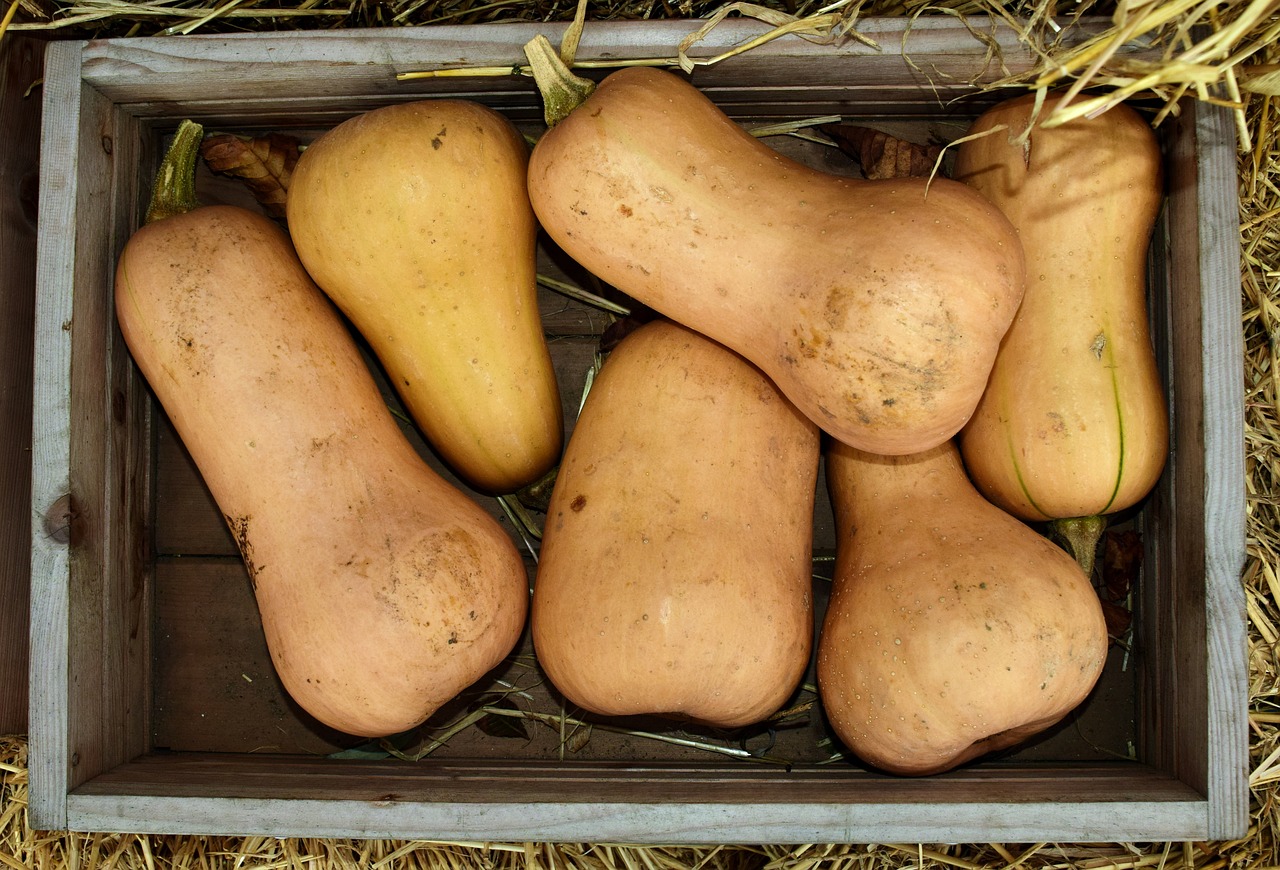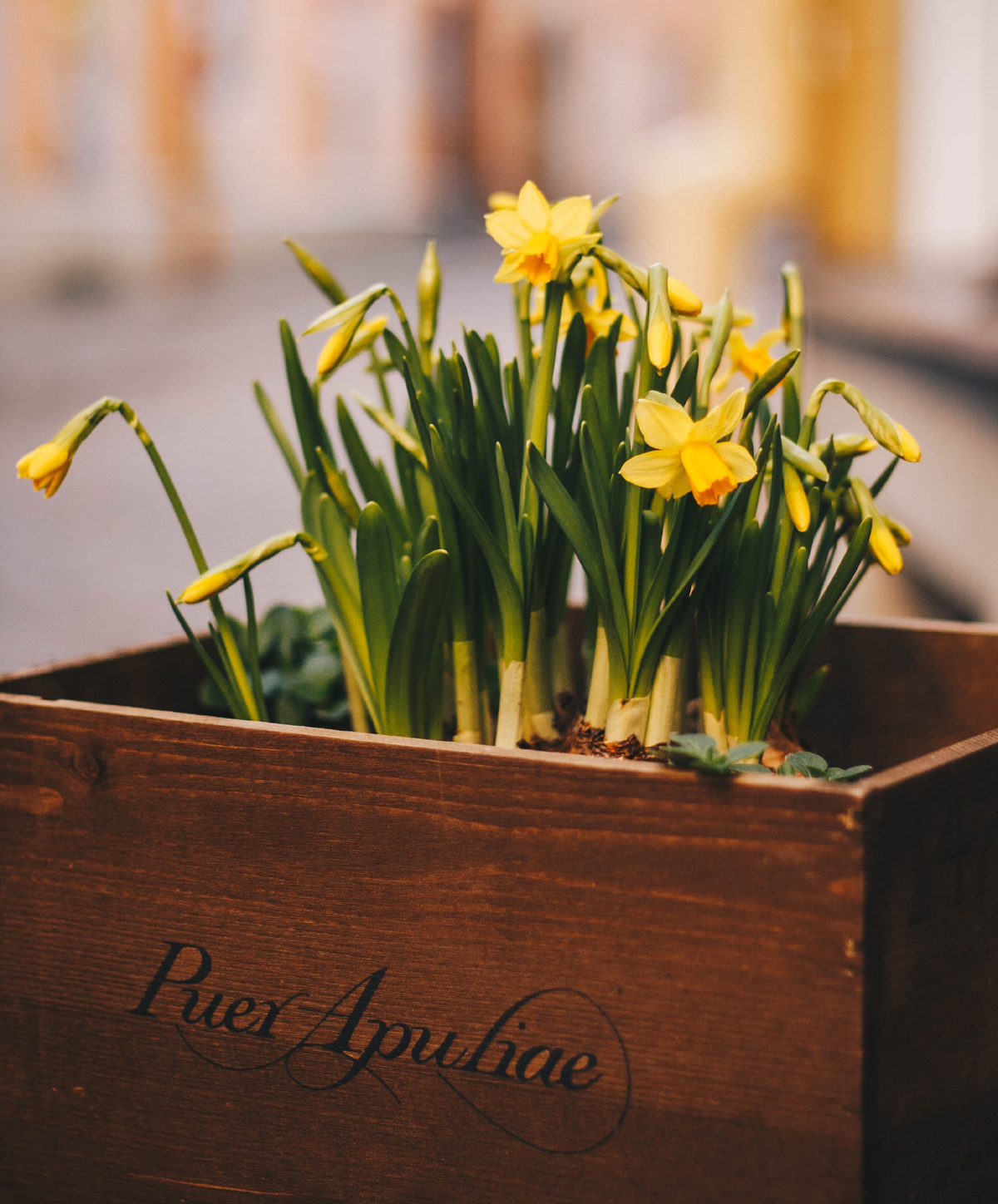Go Green and Save Green – How to Do Organic on a Budget Part 4

There are so many different reasons people want to eat organic food. It is the best choice for your health and the health of the environment. So why doesn’t everyone go organic? There is a higher cost associated with organic food. It costs more to produce food naturally and that cost is passed on to the consumer. There are things that you can do to make the switch to organic less costly.
There are four basic things you can do: grow what you can, spend your food dollars wisely, make most of your food from scratch and don’t waste anything. Each article in this series will address one specific change you can make in the four areas.
Grow What You Can
If you have a fence (or some other type of trellis) in a sunny location, one of the easiest things to grow with the highest return is Butternut Squash. A packet of good organic butternut squash seeds costs about $2 and can grow a huge amount of squash. Each squash plant is capable of producing 25 pounds of the tasty and healthy vegetable. So if you have room for four healthy vines, you can get 100 pounds of organic squash for just $2. Organic Butternut Squash normally costs $2 or more per pound, so you can save $198 dollars with only 4 vines (plus you’ll still have more seeds left.)
If you live in an area that freezes over winter, plant the butternut squash seeds two weeks after the last frost. If your region never freezes, you can plant at any time. Put each seed 1/2 inch into the dirt. Keep the ground moist until the seedlings emerge, then forget about them Butternut squash vines thrive in many natural conditions and need no special care. The squash will be ready to harvest at the end of summer, when the skin turns beige and hard.
Spend Your Food Dollars Wisely
Skip the candy bars, organic or otherwise. Processed sugar will never be good for you, even if it is organically grown. Sad, but true. Opt instead for fresh fruit. The cost for an organic serving of fruit is about the same as candy bar. There are, however, huge differences in the nutrition provided.
Make Your Food From Scratch
A loaf of organic whole grain bread will cost you about $4. Organic whole grain bread made at home costs about 50 cents a loaf. That’s a tremendous difference in cost, plus you have the added benefit of choosing the wholesome ingredients you will use. Most mass-produced breads (organic included) contain preservatives to extend shelf life.
Making bread from scratch can be difficult, unless you have the right tools. A food processor is a very necessary tool if you intend to easily make food from scratch, especially bread. The food processor will combine the ingredients for you and then take on the traditionally hard task of kneading the bread, making your active involvement time minimal. The process does take planning; you will need to allow time for the bread to rise.
Don’t Waste Anything
I use high quality organic ingredients, but I use every part possible. A great example is the butternut squash I mentioned earlier. I never discard the seeds; they make a great snack. I rinse them, toss them with a small amount of sea salt and slowly roast them in the oven for about 45 minutes at 250 degrees F.
Boiling the Butternut Squash skins in clean water for 2 hours produces a squash flavored vegetable stock that is a great base for soups. Just strain before using.
I hope I have shown you that going organic doesn’t always have to break your food budget. See you in Part 5!
The Author:
Heather Krasovec, creator of Microwave Oven Reviews, uses her extensive experience in food based industries to help consumers make better choices when stocking their kitchens.









Birds love eggshells, and it’s nutritious for them, too. When you use an egg, place it back in the container. When you’ve got the whole dozen used up, crush them, place on a plate and microwave (to clean and kill bacteria). Then just mix in with purchased bird seed….and of course it’s a great way to recycle, too!